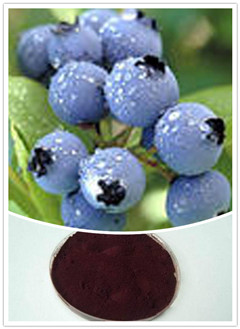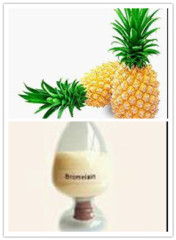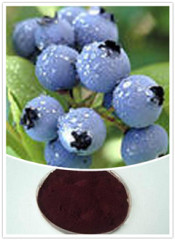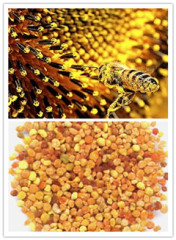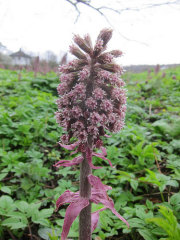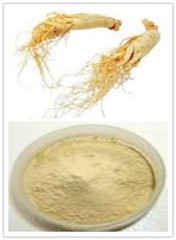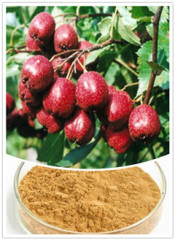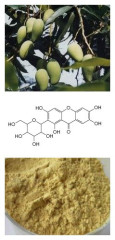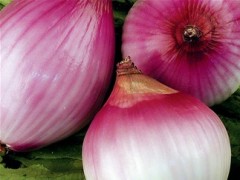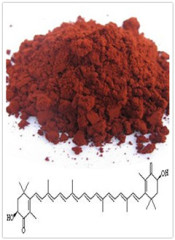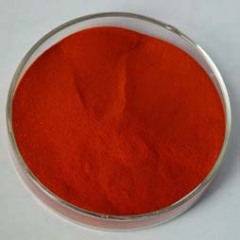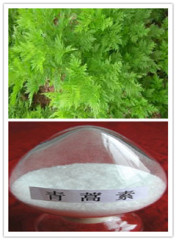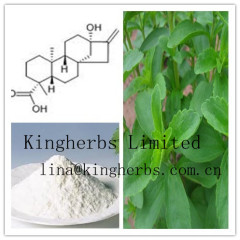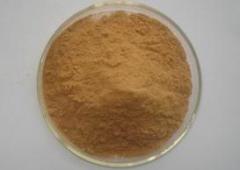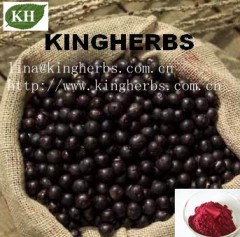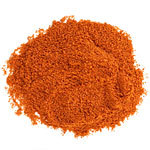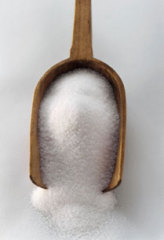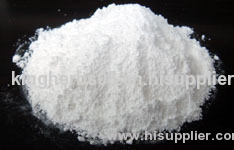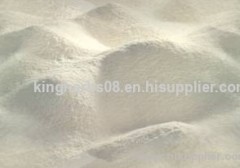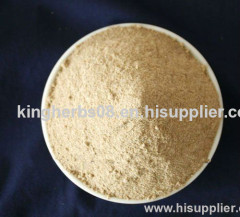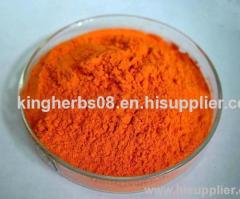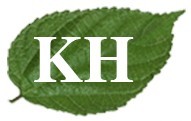
|
Kingherbs Ltd Co
|
China Bilberry Leaf Extract
| Payment Terms: | T/T |
| Place of Origin: | Hunan, China (Mainland) |
|
|
|
| Add to My Favorites | |
| HiSupplier Escrow |
Product Detail
CAS#: 84082-34-8
Other names: Huckleberry extract
Botanical Source: Vaccinium myrtillus L.
Specifications: Flavones 10% By UV, 5:1 10:1
Bilberry Leaf Extract
Plant Original: Bilberry Leaf
Part Used: Leaf
Specification: 5:1 10:1, Flavones10% by UV
CAS No.: 84082-34-8
Molecular Formula: C27H31O16
Molecular Weight: 611.53
Part Used: Leaf
Specification: 5:1 10:1, Flavones10% by UV
CAS No.: 84082-34-8
Molecular Formula: C27H31O16
Molecular Weight: 611.53
Bilberry (Vaccinium uliginosum L.) is a perennial, ornamental shrub of Ericaceae. The Bilberry plant, which is native to Northern Asia, North America, and Europe, goes by many names – European blueberry, huckleberry, and whortleberry to name just a few. Bilberry fruit is used to treat scurvy and other problems caused by vitamin deficiency. The fruit of the bilberry is enjoyed in pies and jams – it is also to treat many circulatory problems, including varicose veins. Bilberry fruit can improve night vision.
Bilberry contains nutrients which are essential for protecting eyes from eyestrain or fatigue, and it can activate blood circulation around the eyes. Bilberry tea can be used to treat stomach diseases and soothe digestive tract traditionally.
Main Functions:
1. Protect and regenerate retinal purple (rhodopsin), and cure patients with eye diseases such as pigmentosa, retinitis, glaucoma, and myopia, etc.
2. Prevent the cardiovascular diseases
3. Quench free radical, antioxidant, and anti-aging
4. A treatment for mild inflammation of the mucous membranes of mouth and throat
5. A treatment for diarrhea, enteritis, urethritis, cystitis and virosis rheum epidemic, with its antiphlogistic and bactericidal action.
Related Search
Bilberry Extract
Bilberry Fruit Extract
Leaf Extract
Olive Leaf Extract
Eucommia Leaf Extract
Tea Leaf Extract
More>>

